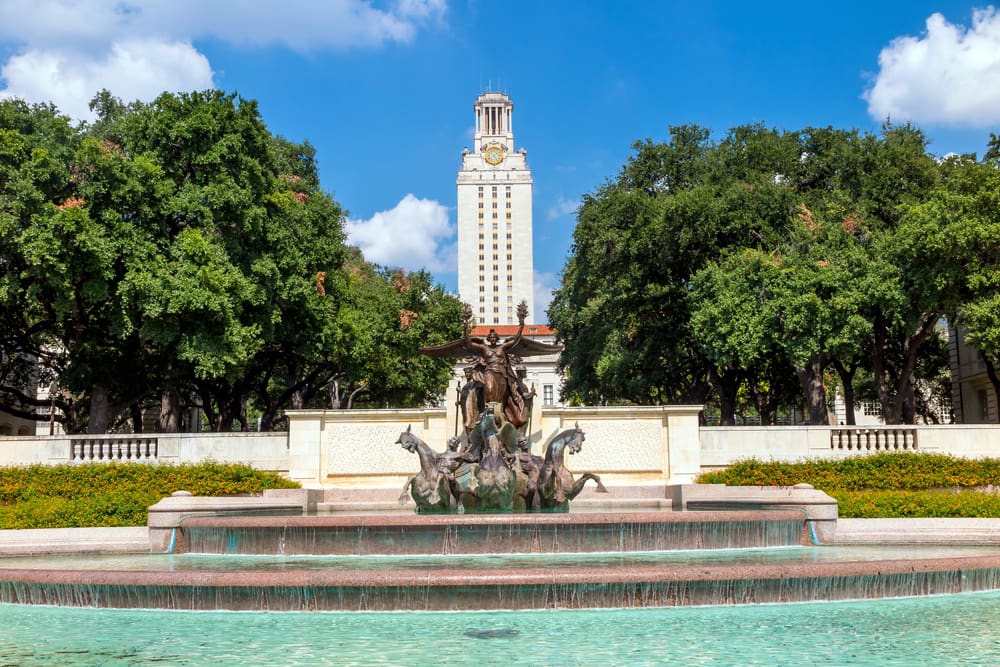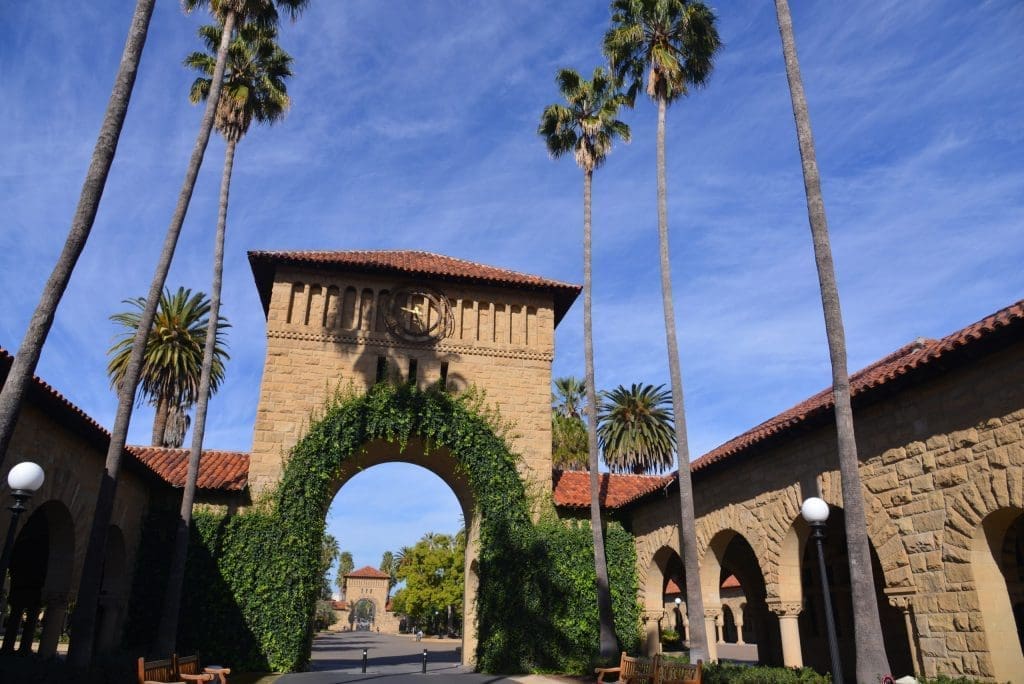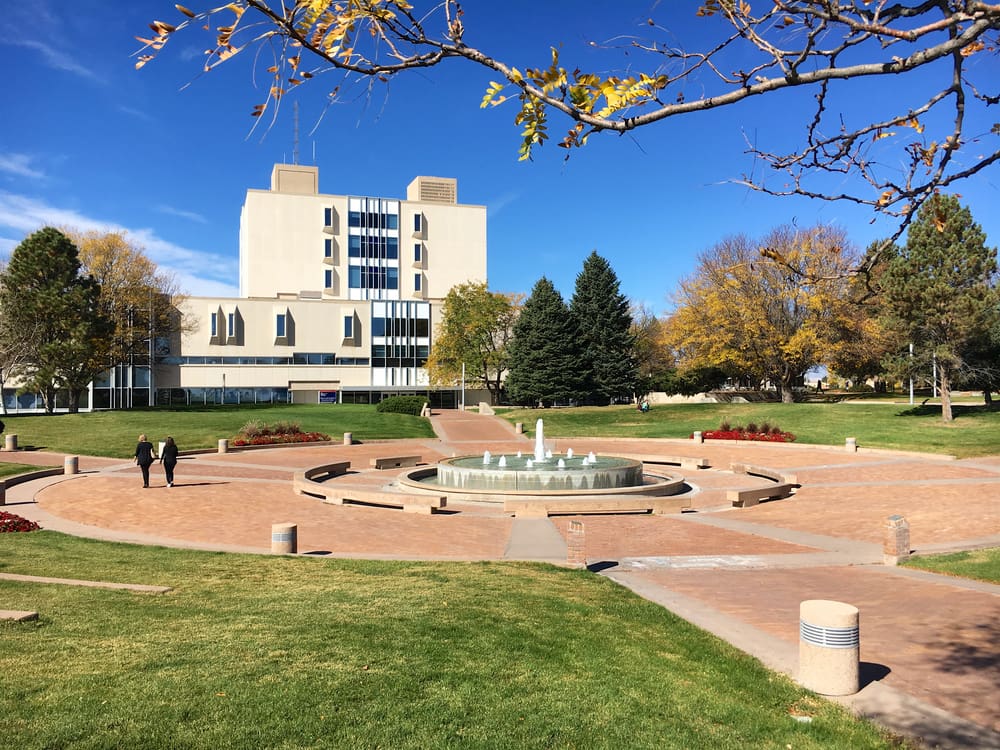After you graduate high school, you’ll have many options in front of you. If you plan to pursue higher education, you’ll need to decide what kind of institution you want to attend. Universities and state schools both have their advantages and drawbacks. Your choice will in part depend on what you want to get out of college or university life.
In the following sections, you’ll learn about how your experience at the best state schools might differ from life at a university. This will give you the information you need to narrow your choices and create a college application strategy that gets you to your end goal.

Universities vs. Colleges
If you’re deciding between a university and one of the best state schools, you should know that your experience at each type of institution will be different. Whether you choose to live on campus or not, you’ll have to evaluate your options based on the following criteria.
Degree Programs
By definition, all universities are larger than even the best state schools. Consequently, you’ll have access to a broader array of degree programs, including graduate degrees.
Many students are able to take graduate courses as undergraduate students or enroll in dual-degree programs that shorten the track to a master’s degree. Unless a college has partnered with an outside institution, it usually can’t offer these opportunities.
Campus Experience
Because universities accommodate graduate students in classrooms and housing, most university campuses are larger than college campuses. Some can even feel like sprawling neighborhoods unto themselves. The best state schools don’t usually have as many students on campus, so they’re often smaller in size and may offer fewer housing options.

Teaching vs. Research
Most of the best state schools and private institutions that focus on producing original research are large universities. Colleges usually keep their focus on teaching and may offer smaller class sizes and more personal attention from professors.
In fact, the majority of the institutions with the highest levels of research and development spending are public universities:
| Institution | Rank | R and D Expenditures |
| Johns Hopkins U. | 1 | $3,181,385 |
| U. California, San Francisco | 2 | $1,710,036 |
| U. Michigan, Ann Arbor | 3 | $1,639,645 |
| U. Pennsylvania | 4 | $1,631,950 |
| U. Washington, Seattle | 5 | $1,488,645 |
| U. California, Los Angeles | 6 | $1,454,880 |
| U. California, San Diego | 7 | $1,425,499 |
| U. Wisconsin, Madison | 8 | $1,380,075 |
| Stanford U | 9 | $1,274,483 |
| Harvard U. | 10 | $1,254,008 |
Available Resources
This is another area in which universities can provide advantages over even the best state colleges. Because many universities focus on research and development, students will often have access to more equipment and larger facilities to participate in this research. At a university, you may also be more likely to have access to professors who are actively participating in significant research studies.
Private Universities vs. State Schools
For some students, the choice isn’t between college and university life. Instead, it’s about whether to consider private universities or focus their efforts on public ones. If you’ve found yourself in this situation, here are a few considerations to help you properly evaluate your options.

Funding
Public universities are funded by the state, while every aspect of your private university life will be funded by endowments from private donors.
Costs
You’ll pay much more to enjoy private university life than you will to attend the best state schools. According to The College Board’s Trends in College Pricing report, the average cost of tuition at a four-year public university is $10,940, while private university students are paying $39,400.
Financial Aid
The best state schools are cheaper to attend than prestigious private universities. However, private schools often offer better financial aid packages with bigger scholarships and grants.
Resources
Unless the private school you’re choosing is a designated research university, the best state schools are more viable options for those who want to participate in research. This is because state schools have access to government funding for that purpose.
Programming
The best state schools will likely offer a wider range of degree programs than private universities. If you aren’t quite sure what major to choose, a public university will usually afford you more choices.

Tips to Help You Choose Between Universities and State Schools
Deciding between college and university life is challenging, and choosing whether you want to go to a public or private university only complicates the matter. Here are a few tips to help you make the right decision:
- Consider your family’s finances and decide how much you’re willing to pay in college costs, including tuition, room and board, fees, and materials.
- Think about your future goals and decide which degree programs can help you achieve them.
- Consider attending a university if you think you’ll want to participate in research during your college career.
- Decide whether you would like a cozier campus feel with smaller class sizes or the hustle and bustle that comes with having lots of students on campus.
- Consider the amenities you care about. If you value having large athletic facilities or extensive libraries, it may be better to choose university life.
By taking time to carefully consider your decision, you’ll increase your chances of ending up at the right school.
Making a Choice That’s Right for You
Remember that there’s no correct answer when it comes to choosing between prestigious universities or the best state schools. Instead, it’s about making the choice that’s right for you in light of your financial outlook, personal preferences, and future goals.
Make a list of what you wish to get out of your higher education experience and compare it to what’s available at the schools you’re considering. Doing so will not only help you learn more about yourself, but it will ensure that the school you choose fits you well and delivers the experience you want.
